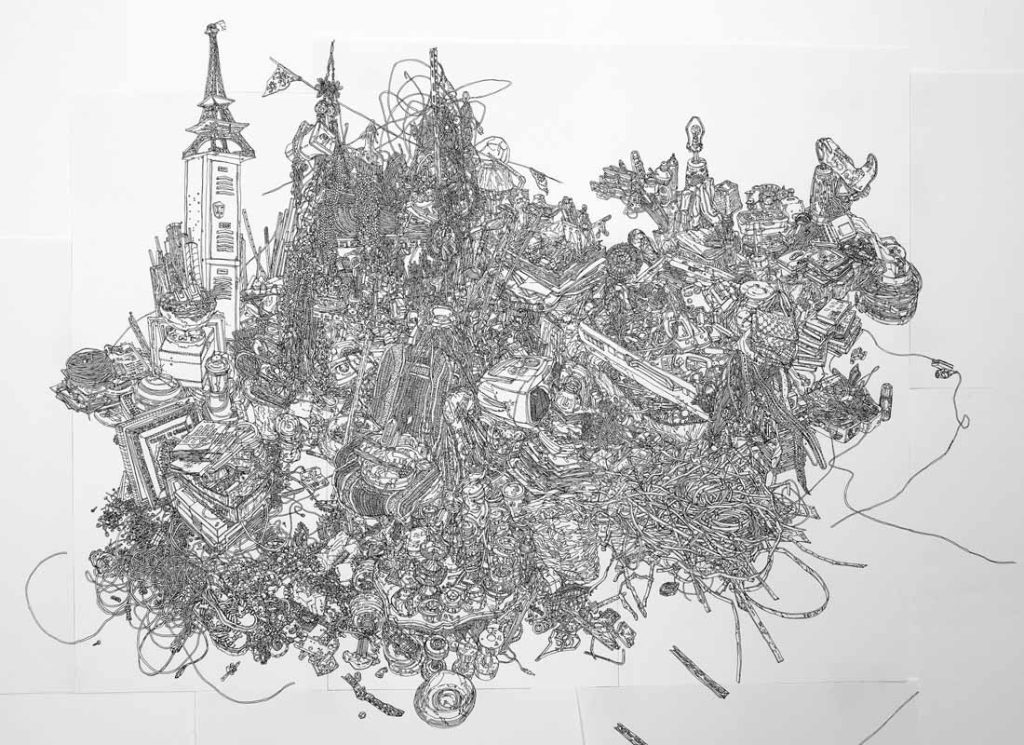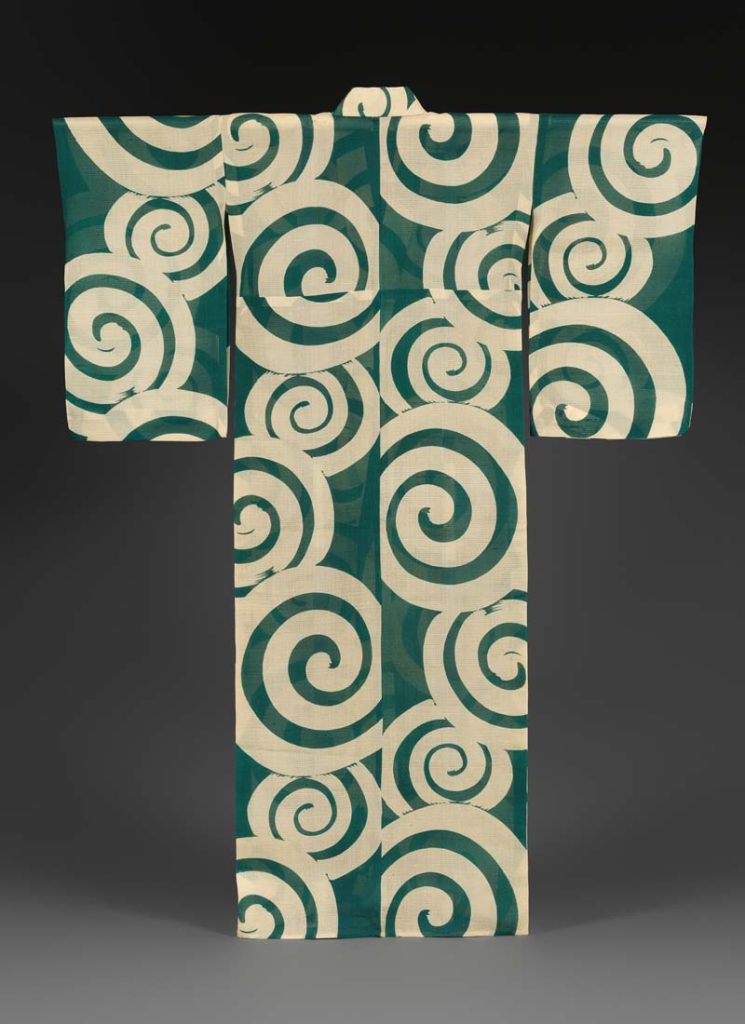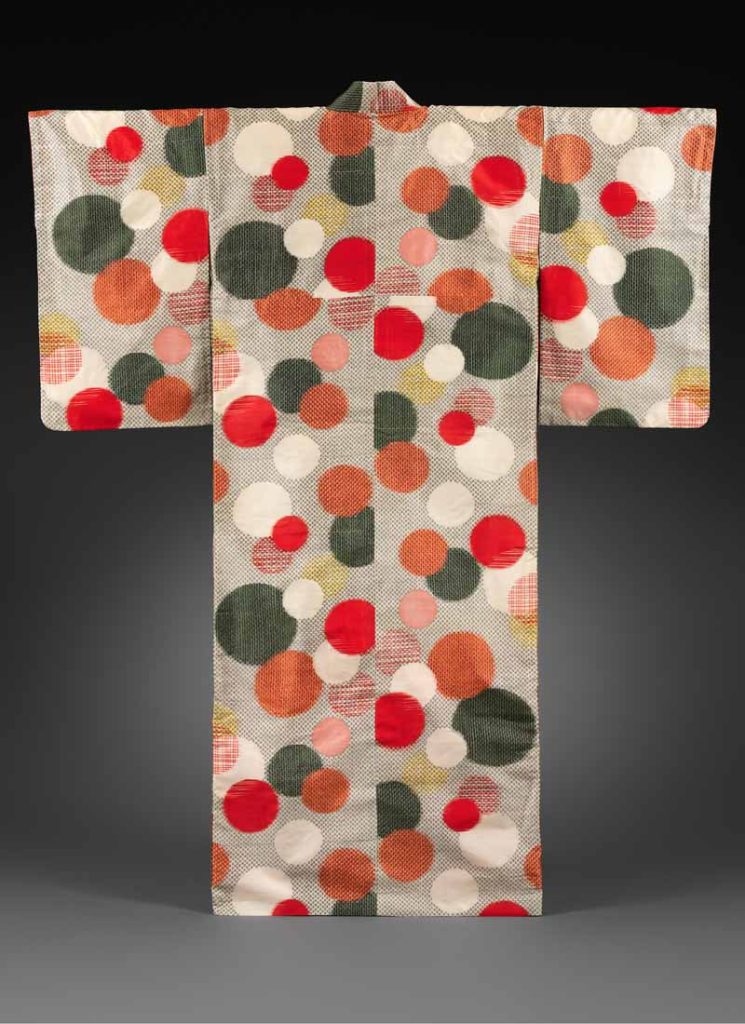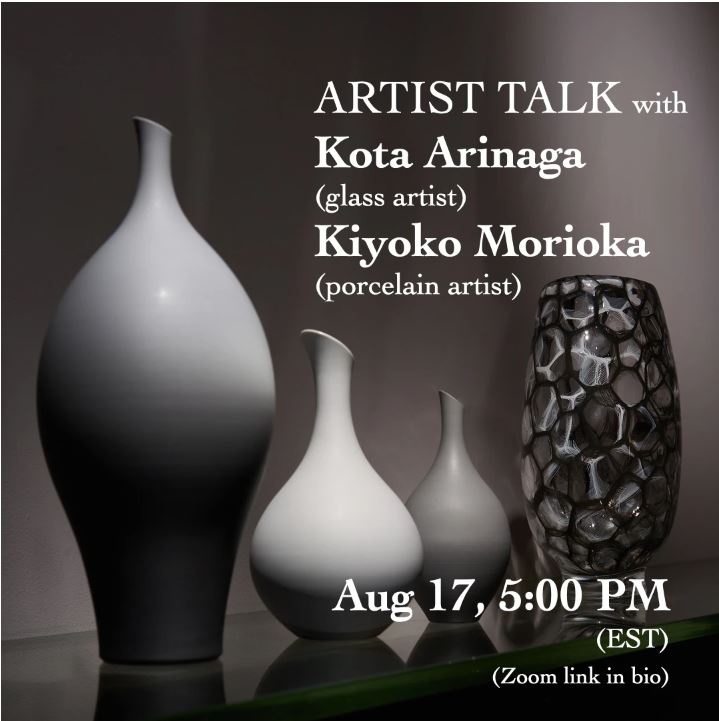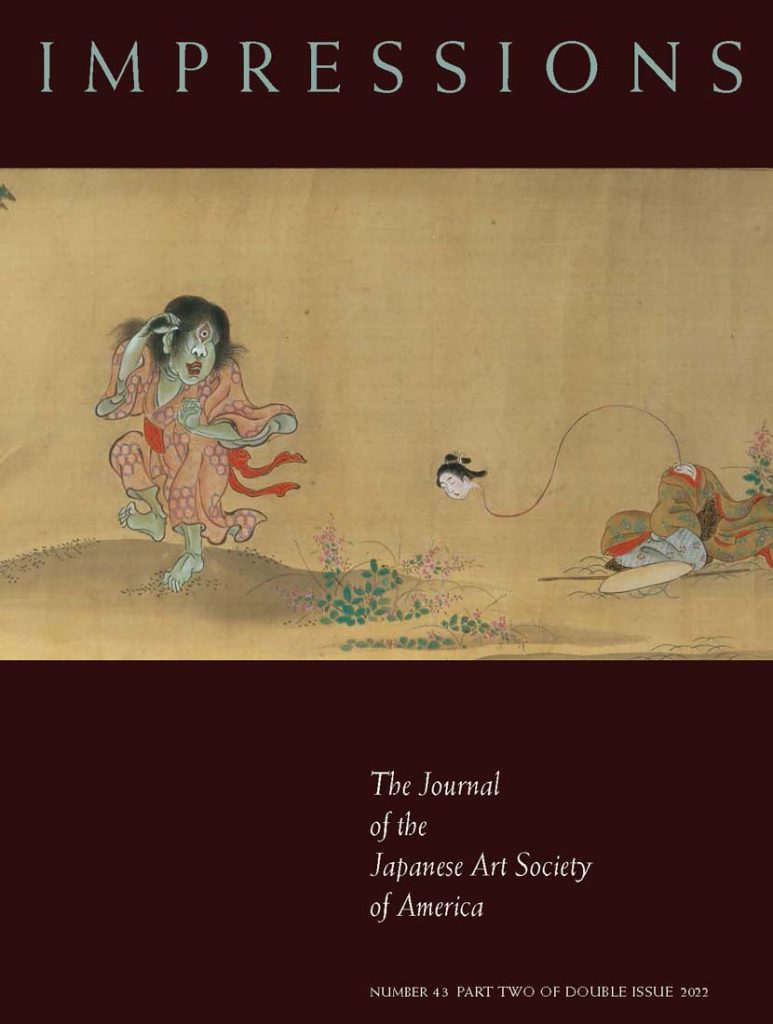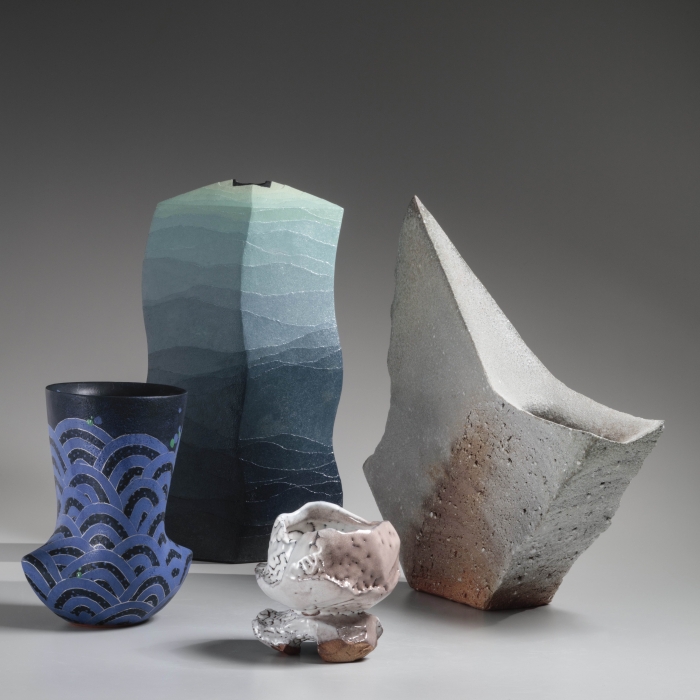
Listening to Clay: Works by Artists Featured in the Latest Book by Alice and Halsey North and Louise Cort, Joan B Mirviss LTD
Concludes August 26, 2022
All sixteen artists showcased in Listening to Clay: Conversations with Contemporary Japanese Ceramic Artists (Monacelli Press/release date: June 14, 2022) are participating in this exhibition in honor of the book’s publication, which was authored by Alice and Halsey North, pioneering collectors and museum patrons, together with Louise Allison Cort, Curator Emerita of Ceramics, National Museum of Asian Art, Smithsonian Institution. Works that best embody the inspirations, challenges, and achievements of their distinguished careers have been selected for this special exhibition. Most of the artists have been long represented by Joan B Mirviss LTD, who has witnessed their impressive artistic development over the decades. Accompanied by the rich personal stories found within the book, the clay works on offer in the exhibition Listening to Clay represent these artists’ innovative brilliance and encapsulate the diversity of ceramics in Japan today.
The gallery exhibition features works by all sixteen artists in the book, Listening to Clay (listed in chronological order):
Hayashi Yasuo (b. 1928)
Mishima Kimiyo (b. 1932)
Morino Hiroaki Taimei (b. 1934)
Kohyama Yasuhisa (b. 1936)
Miyashita Zenji (1939-2012)
Miwa Ryūkishō (Kyūsetsu XII/ Ryōsaku) (b. 1940)
Koike Shōko (b. 1943)
Ogawa Machiko (b. 1946)
Fukami Sueharu (b. 1947)
Kakurezaki Ryūichi (b. 1950)
Miwa Kyūsetsu XIII (Kazuhiko) (b. 1951)
Akiyama Yō (b. 1953)
Kaneta Masanao (b. 1953)
Yagi Akira (b. 1955)
Kitamura Junko (b. 1956)
and Kondō Takahiro (b. 1958)
Read more, click here.
To watch a recording of the online panel discussion Listening to Clay: The Artists, Curators, and Collectors who Listen, held on July 26th, click here.


